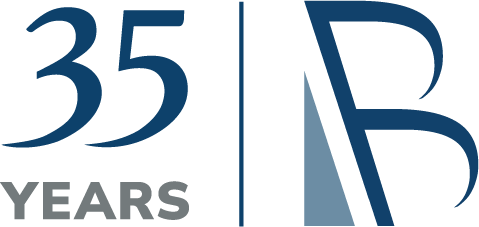 Free advice should normally cause you to pause, but not this time. On Tuesday, October 6, Indianapolis residents will have the opportunity to get professional answers to their questions about money. And, the best part, there are no strings attached.
Free advice should normally cause you to pause, but not this time. On Tuesday, October 6, Indianapolis residents will have the opportunity to get professional answers to their questions about money. And, the best part, there are no strings attached.
The sixth annual Indianapolis “Financial Planning Day” will be held this Tuesday. Mayor Ballard’s office and the local Financial Planning Association have joined efforts to provide those in attendance an opportunity for one-on-one time with a Certified Financial Planner™ professional to get questions answered and to participate in a variety of educational sessions.
The event will be held at Indiana Wesleyan Indianapolis (North) Education and Conference Center from 2:00 p.m. to 7:00 p.m. For more information and to register for this pro-bono opportunity, go to www.financialplanningdays.org/Indianapolis. You will find tips on questions to ask and information to bring with you.
During past events, I have been pleasantly surprised by the preparation of the individuals that I spoke with. Like the other CFP® practitioners, I am happy to share my knowledge and expertise with the participants. Perhaps you can benefit from reading about the situation of one of the participants that I spoke with at a past event and her concerns and questions.
Discussion with a Young Female Attorney
She was single, employed as an attorney and age 32. She had already paid off her school loans and was accumulating funds in her checking account. She wanted to learn about investing and what she needed to do to secure her financial future.Establish an Emergency Fund.
I advised her to maintain an amount equal to three to six months of living expenses in her savings account and invest the rest. She quickly decided that $15,000 would be sufficient. This was approximately the amount that she already had in her checking account, so we checked that off our list.Use the Employer Retirement Account.
She was only contributing the amount required to get the employer match. She actually didn’t realize that she could contribute more. We talked about the benefits of pre-tax contributions to the retirement account and that such contributions would both reduce her income taxes and begin to create a solid foundation for her financial security in retirement. I suggested that if she could maximize her contribution amount (currently $18,000) to a retirement plan for the next thirty years, she would be in a very good position to provide for a comfortable retirement. Her current contribution amount was about $2,000, so she had room to save an additional $16,000.Saving for a Downpayment.
One of her goals was to save enough to purchase a house in the next few years. She suggested a suitable price would be $200,000. I recommended that she make at least 20% of the purchase price as a downpayment. This would allow her to get a more favorable conventional mortgage. She already had $10,000 in a certificate of deposit and $30,000 in a stock mutual fund that would total the recommended $40,000. However, this would deplete her investments and since she had the time, it made sense to consider saving additional funds specifically for the downpayment.Saving Strategy.
Even though she did not track it carefully, she felt she had excess income of $1,000 per month. In addition, she confessed that she was spending more than necessary each month on personal care. She plans to create her own spreadsheet or find a daily budget log on-line to start recording all of her spending. In total, she thought that she could save $1,200 to $1,500 per month. With a call on Monday to her retirement plan administrator, she planned to increase her retirement contribution by $500 per pay period. With 26 pays, this would increase her contribution by $13,000 on an annual basis. She wouldn’t be quite at the maximum, but very close. In the future, with a salary increase, she would take the opportunity to increase the contribution amount. In addition, she decided to direct deposit $150 per paycheck ($3,900 per year) to her investment account to supplement what she already had saved for the house downpayment. After three years, she would have almost $12,000 more in this account. She quickly understood the benefit of having these amounts automatically deposited from her paycheck. Since she would never see the funds in her checking account, she would be less tempted to spend. The more automatic you can make your saving, the better.Investment Allocation.
Fortunately, this young professional had already mastered the handling of her credit cards and assured me that she paid off the balance each month. Good for her! And at this stage, she had no dependents, so there was really no immediate need for life insurance. However, she understood that taking on a house mortgage or getting married and having children would require her to reconsider such a need.

